Imagine stepping into your garden to be greeted by a vibrant array of blooms, each one seemingly thriving with minimal effort on your part. Whether you’re a seasoned gardener or just starting to get your hands dirty, the allure of low maintenance flowering plants offers a delightful promise: a stunning garden without the constant toil. These plants allow you to enjoy the beauty of nature while fitting seamlessly into your busy lifestyle, making gardening an achievable joy for everyone.
For beginners, the world of flowering plants can seem vast and daunting, but fear not! In this article, we’ll guide you through a selection of resilient, easy-to-grow plants that will add color and charm to any garden space. Even experienced gardeners might find themselves seeking a bit of simplicity, and these low maintenance options provide a perfect balance of beauty and ease. You’ll discover plants that not only survive but thrive with minimal intervention, leaving you more time to simply enjoy your garden.
We’ll delve into specific plant choices that are known for their hardiness, requiring less water and attention while still producing stunning blooms. From perennials that return year after year with little coaxing, to annuals that offer a season of splendor, you’ll find options that cater to your garden’s unique needs. By the end of this article, you’ll be equipped with the knowledge to create a flourishing garden that feels less like a chore and more like a serene escape. Join us as we explore the world of low maintenance flowering plants, where beauty and simplicity grow hand in hand.
Choosing Resilient Flower Varieties
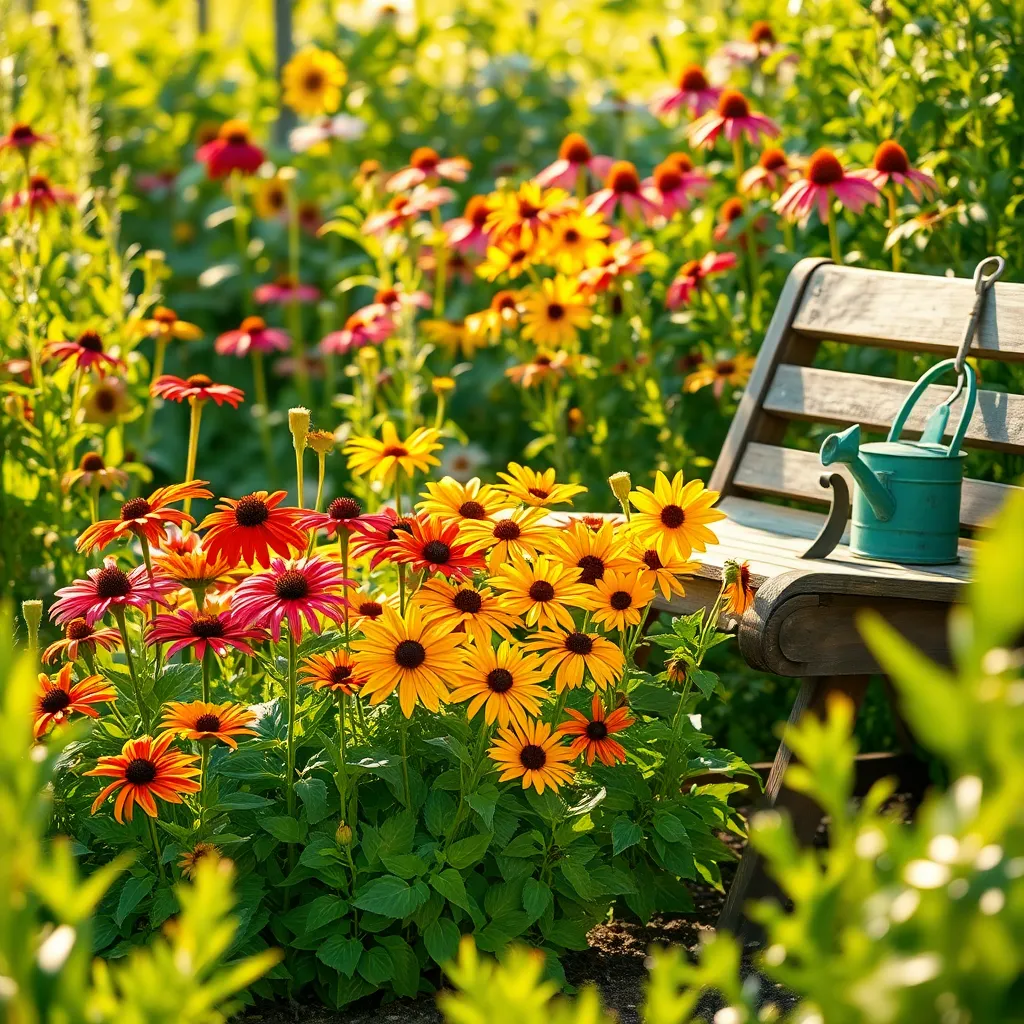
When selecting resilient flower varieties, consider plants that can thrive in a variety of soil types and weather conditions. Perennials like daylilies and coneflowers are excellent choices as they withstand drought and require minimal maintenance.
For gardeners looking to minimize watering, opt for flowers like lavender and sedum, which are both drought-tolerant. These plants have deep-root systems that help them access moisture from deeper soil layers, reducing the need for frequent watering.
Beginner gardeners will find success with marigolds and zinnias, which are not only easy to grow but also provide vibrant blooms throughout the growing season. These annuals are great for attracting pollinators and can help improve the overall health of your garden ecosystem.
For those looking to add a splash of color without constant care, consider planting blanket flowers or black-eyed Susans. These flowers are known for their toughness and ability to bloom continuously even in poor soil conditions.
Optimal Planting Techniques for Beginners
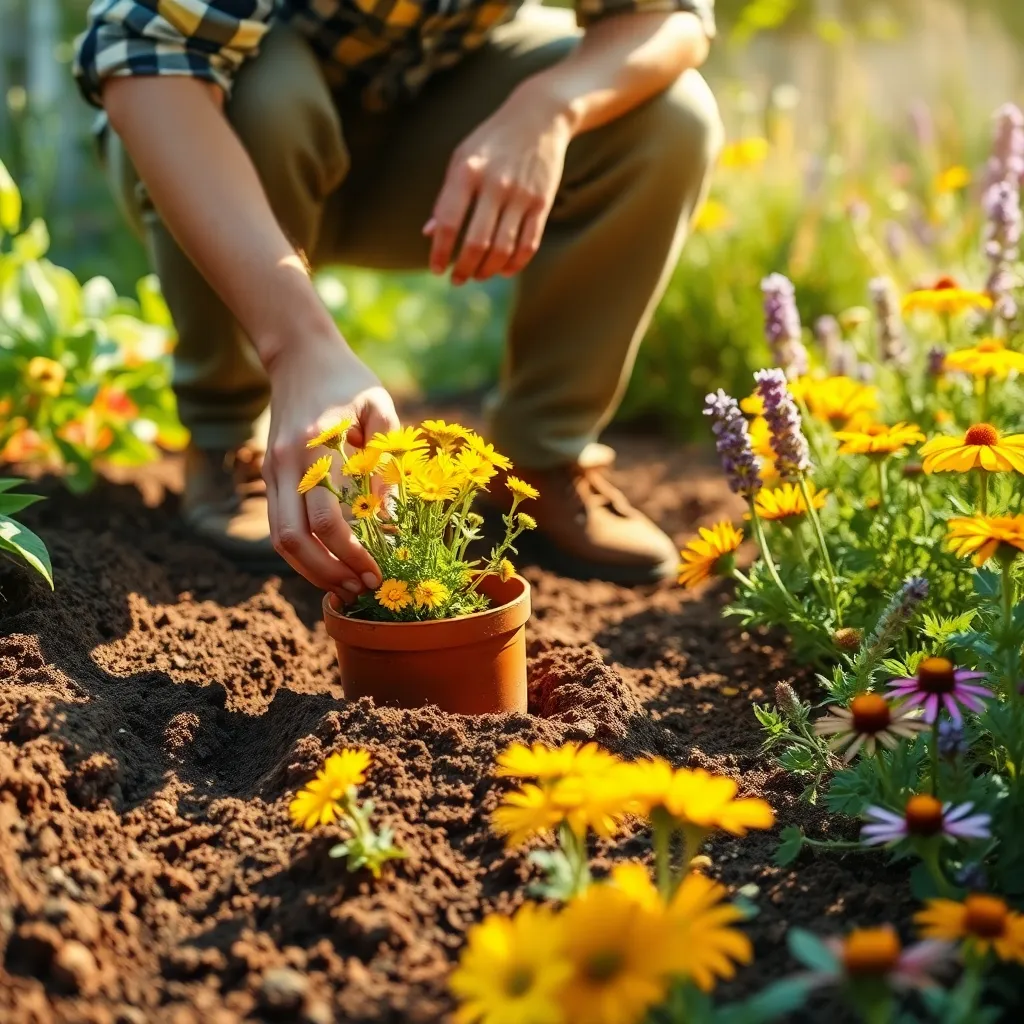
Starting your gardening journey with the right planting techniques can set you up for success. Begin by choosing a location that receives at least six hours of sunlight daily, which is ideal for most flowering plants.
Before planting, prepare the soil by loosening it with a garden fork or tiller to a depth of at least 12 inches. This process improves drainage and allows roots to grow more freely, which is crucial for healthy plant development.
Amending the soil with organic matter like compost or well-rotted manure can drastically improve its fertility. Mix about 2-4 inches of compost into the top 6-8 inches of soil to provide essential nutrients and enhance soil texture.
When planting, ensure you dig a hole twice as wide and just as deep as the root ball of your plant. This technique provides enough space for the roots to expand and settle in their new environment without restriction.
Watering is crucial, especially in the early stages after planting. Aim to keep the soil consistently moist but not waterlogged, checking the soil moisture by sticking your finger about an inch into the ground to see if it feels dry before watering.
For added success, consider mulching around your plants with organic materials like bark chips or straw. Mulch helps retain soil moisture, suppresses weeds, and gradually adds nutrients as it decomposes, making it a valuable addition to your planting routine.
Simple Watering Tips for Longevity
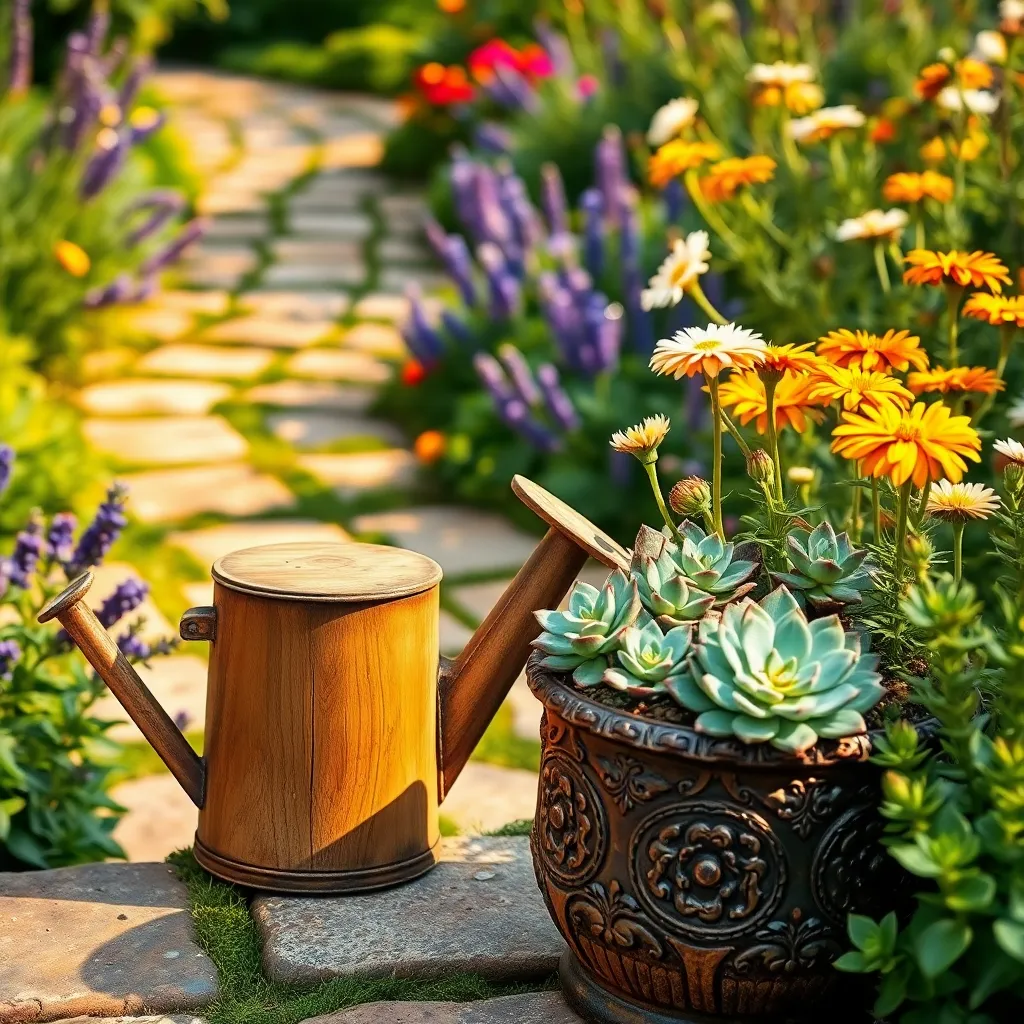
Watering your plants correctly is crucial for their longevity and health. Begin by understanding your plant’s specific water needs, as overwatering is a common mistake that can lead to root rot.
Consider the type of soil in your garden, as it directly influences watering frequency. Sandy soils drain quickly and may require more frequent watering, while clay soils retain moisture longer, necessitating less frequent watering.
For beginners, a general rule is to water when the top inch of soil feels dry to the touch. Advanced gardeners might invest in a moisture meter to ensure precise watering, especially for more delicate flowering plants.
If you’re growing a variety of flowering plants, grouping plants with similar water requirements can simplify your watering routine. This approach not only saves time but also ensures that each plant receives the appropriate amount of moisture for optimal growth.
Fertilizing Strategies for Minimal Effort
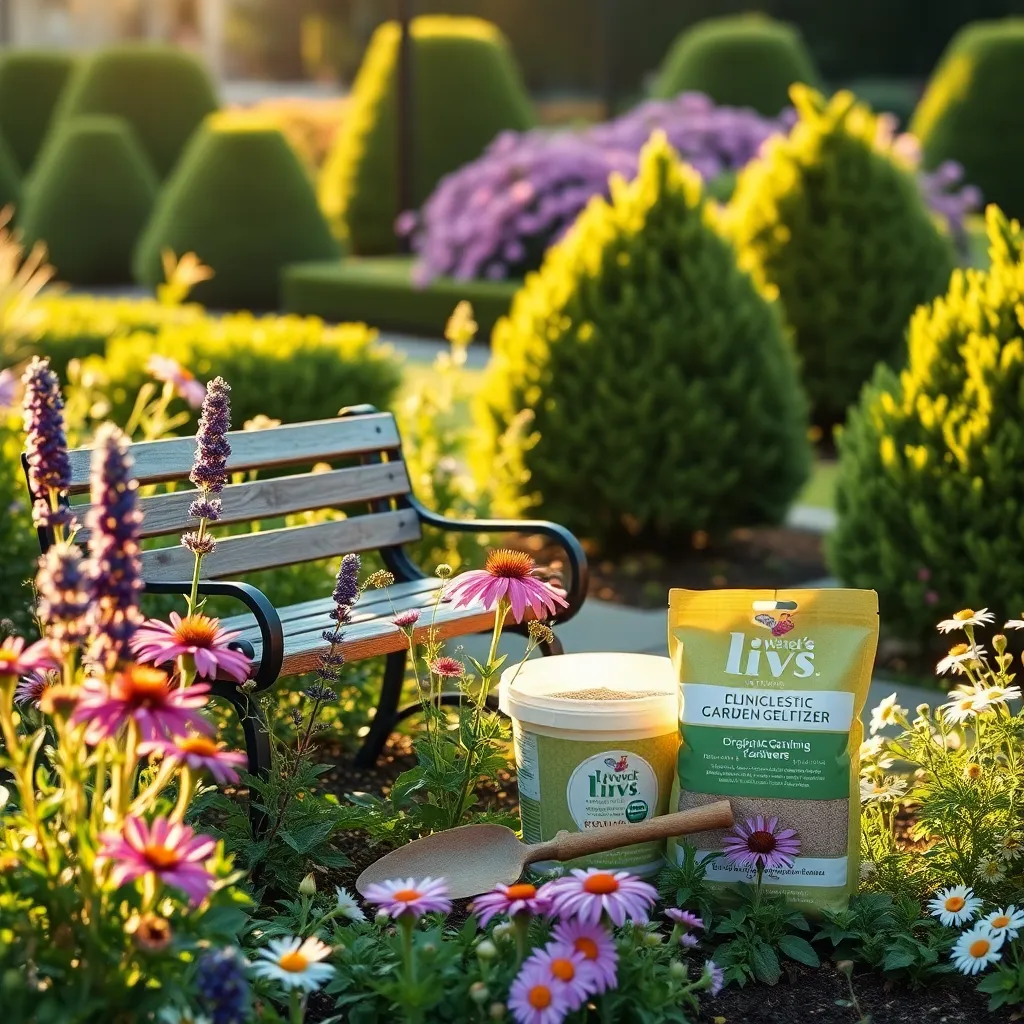
Fertilizing flowering plants doesn’t have to be a chore, and with a few simple strategies, you can ensure vibrant blooms with minimal effort. Begin by selecting a slow-release fertilizer, which will provide nutrients over time and reduce the need for frequent applications.
Consider using organic options like compost or well-rotted manure, which not only nourish plants but also improve soil structure. These natural fertilizers can be mixed into the soil at planting time or applied as a top dressing once a year.
For those who prefer a liquid fertilizer, a bi-weekly application during the active growing season can be beneficial. Opt for a balanced formula, such as a 10-10-10 mix, to encourage robust growth and prolific flowering.
Additionally, amend the soil with organic matter to ensure it retains moisture and nutrients efficiently. This is particularly crucial in sandy soils, where nutrients can leach away quickly, leaving plants underfed.
Advanced gardeners might experiment with foliar feeding, which involves spraying diluted liquid fertilizer directly onto plant leaves. This method allows for rapid nutrient uptake and can be especially useful if soil conditions aren’t ideal.
Year-Round Care and Maintenance Guide
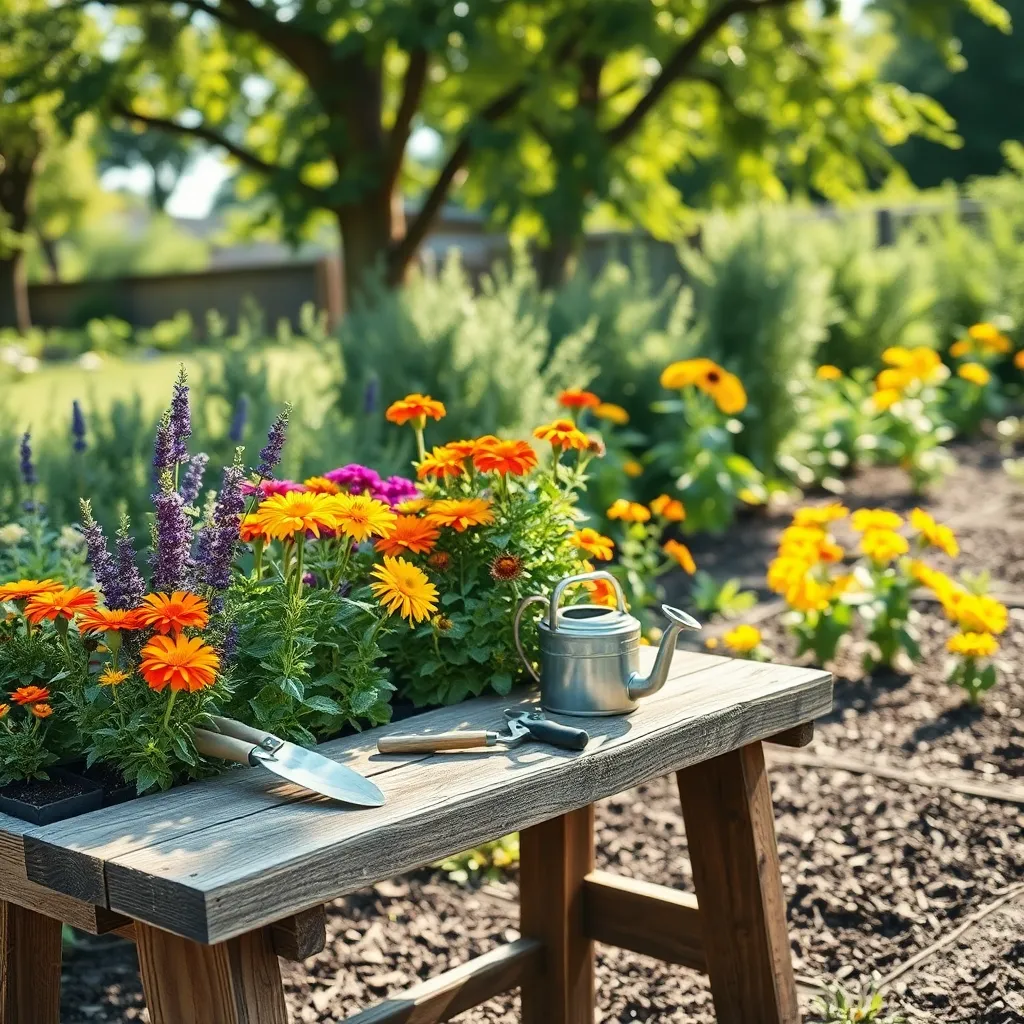
Maintaining low maintenance flowering plants throughout the year involves understanding their specific needs. **Consistency in care** is crucial to ensure they thrive in each season.
Spring is a critical time for these plants as they emerge from dormancy. **Prune dead or damaged growth** to promote healthy new foliage and flowers.
During the summer months, watering is essential, especially if you experience hot weather. **Aim to water deeply once a week**, allowing the soil to dry slightly between watering sessions to prevent root rot.
In autumn, focus on preparing your plants for the colder months ahead. **Apply a layer of mulch**, such as shredded leaves or bark, around the base of the plants to retain moisture and insulate roots.
Winter care for low maintenance flowering plants often involves minimal intervention. If your region experiences freezing temperatures, consider protecting tender plants with **frost cloths or moving them indoors** to prevent damage.
Throughout the year, regularly check for pests or diseases and address them promptly to prevent spread. **Use organic insecticidal soap** or neem oil as a safe treatment option to keep your garden healthy.
Conclusion: Growing Success with These Plants
In navigating the garden of relationships, we’ve explored five essential concepts: the importance of cultivating patience, the necessity of consistent care, the value of setting boundaries, the power of effective communication, and the significance of nurturing individuality within partnerships. These principles are akin to tending to low maintenance flowering plants, requiring thoughtful attention yet yielding beautiful, lasting growth.
As an immediate step, consider dedicating a few minutes today to reflect on which of these concepts could most benefit your current relationships. Whether it’s practicing active listening or setting healthier boundaries, small, intentional changes can foster deeper connections.
Remember, relationships, like gardens, flourish with mindful tending. Bookmark this article now to have these insights at your fingertips whenever you need a refresher or feel inspired to nurture your connections further.
Looking ahead, embrace the journey of relationship growth with optimism. By applying these principles, you’re well-equipped to cultivate relationships that are not only resilient but also thrive in the face of life’s challenges. Here’s to thriving partnerships and the blooming of meaningful connections!





